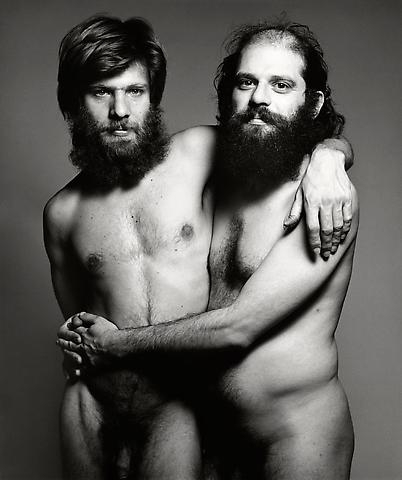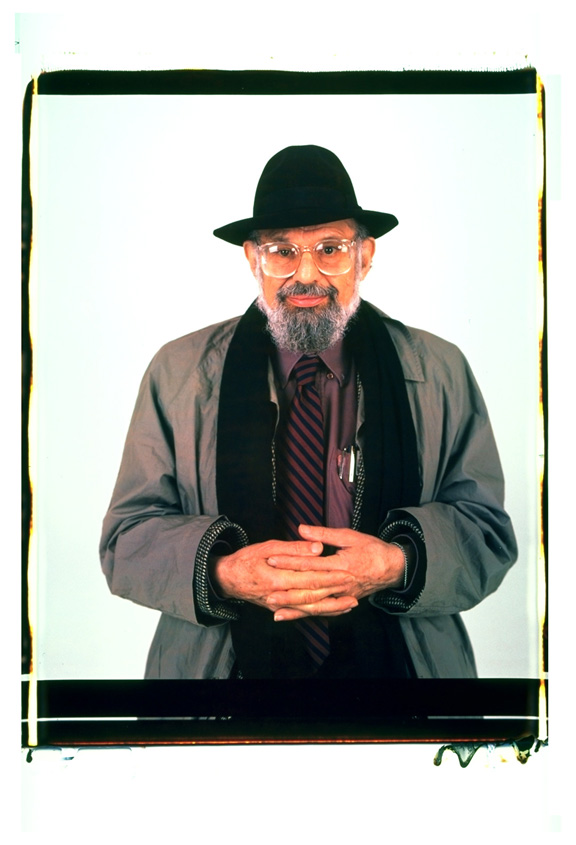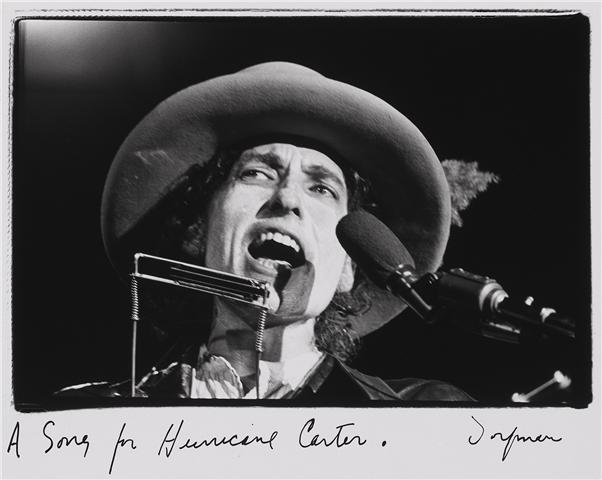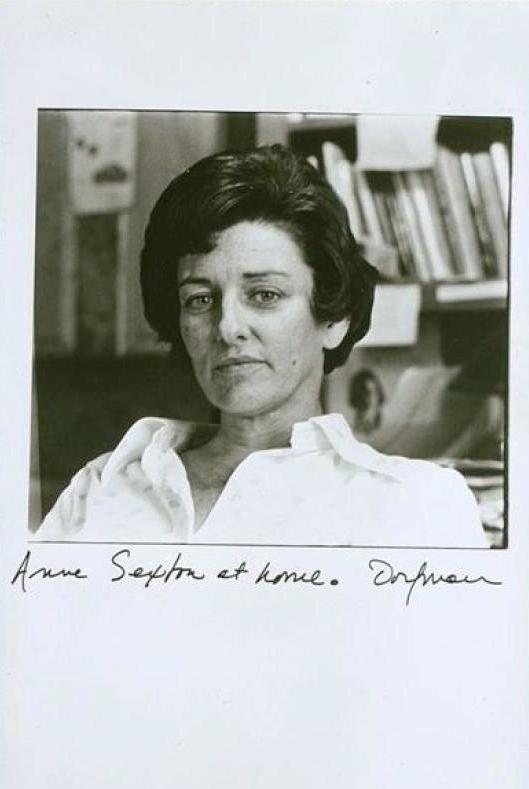Sylvia Plath believed it was never too early to dip children’s toes in the vast body of literature. But to plunge straight into Franz Kafka? Why not, which is precisely what Brooklyn-based writer and videogame designer Matthue Roth has done in My First Kafka: Runaways, Rodents, and Giant Bugs (public library) — a magnificent adaptation of Kafka for kids. With stunning black-and-white illustrations by London-based fine artist Rohan Daniel Eason, this gem falls — rises, rather — somewhere between Edward Gorey, Maurice Sendak, and the Graphic Canon series.
The idea came to Roth after he accidentally started reading Kafka to his two little girls, who grew enchanted with the stories. As for the choice to adapt Kafka’s characteristically dark sensibility for children, Roth clearly subscribes to the Sendakian belief that grown-ups project their own fears onto kids, who welcome rather than dread the dark. Indeed, it’s hard not to see Sendak’s fatherly echo in Eason’s beautifully haunting black-and-white drawings.
Much likeJonathan Safran Foer used Street of Crocodiles to create his brilliant Tree of Codes literary remix and Charles Darwin’s great-granddaughter adapted the legendary naturalist’s biography into verse, Roth scoured public domain texts and various translations of Kafka to find the perfect works for his singsong transformations: the short prose poem Excursion into the Mountains, the novella The Metamorphosis, which endures as Kafka’s best-known masterpiece, and Josefine the Singer, his final story.
“I don’t know!”
I cried without being heard.“I do not know.”
If nobody comes,
then nobody comes.I’ve done nobody any harm.
Nobody’s done me any harm.
But nobody will help me.A pack of nobodies
would be rather fine,
on the other hand.I’d love to go on a trip — why not? —
with a pack of nobodies.Into the mountains, of course.
Where else?
In a way, the book — like most of Kafka’s writing — also bears the odd mesmerism of literary history’s letters and diaries, the semi-forbidden pleasure of which swells under the awareness that their writers never meant for us to read the very words we’re reading, never sought to invite us into their private worlds. Kafka wished for his entire world to remain private — he never finished any of his novels and burned the majority of his manuscripts; the rest he left with his closest friend and literary executor, Max Brod, whom he instructed to burn the remaining diaries, sketches, manuscripts, and letters. It was out of love that Brod chose not to, possibly displeasing his friend but eternally pleasing the literary public.
Though Kafka never wrote for children (in fact, one might argue, he never wrote for anyone but himself), My First Kafka transforms his surviving work into a fine addition to other notable children’s book by famous authors of “adult” literature, including Mark Twain, Toni Morrison, Maya Angelou, James Joyce, Sylvia Plath, William Faulkner, Gertrude Stein, Anne Sexton, T. S. Eliot, and John Updike.






























